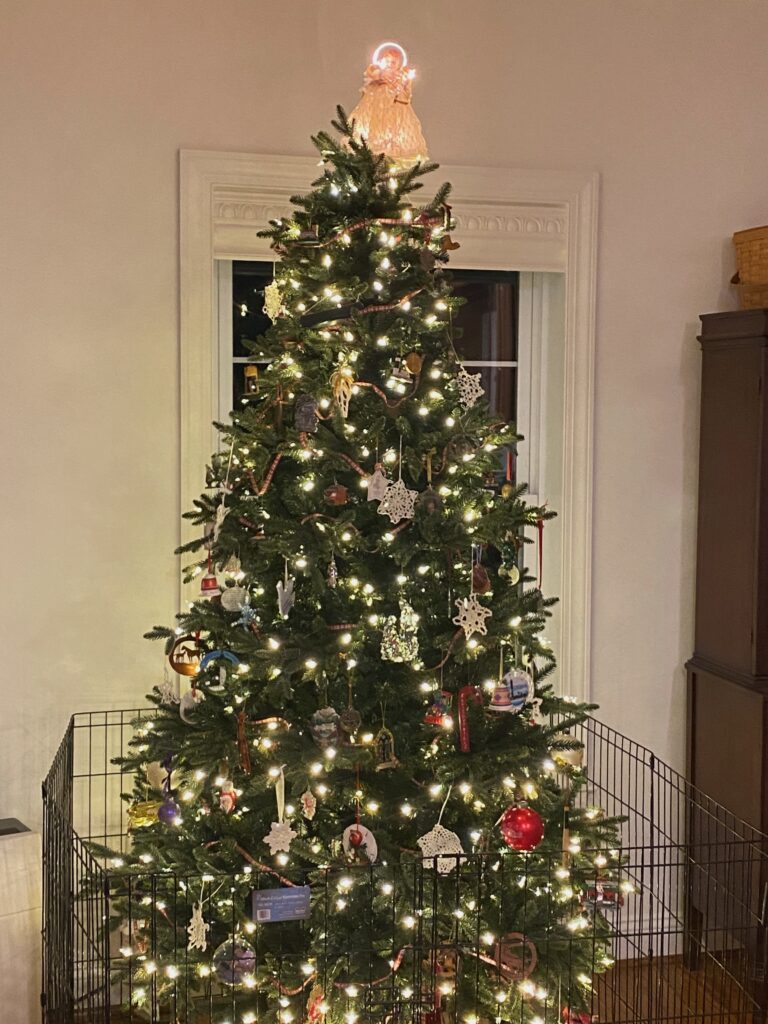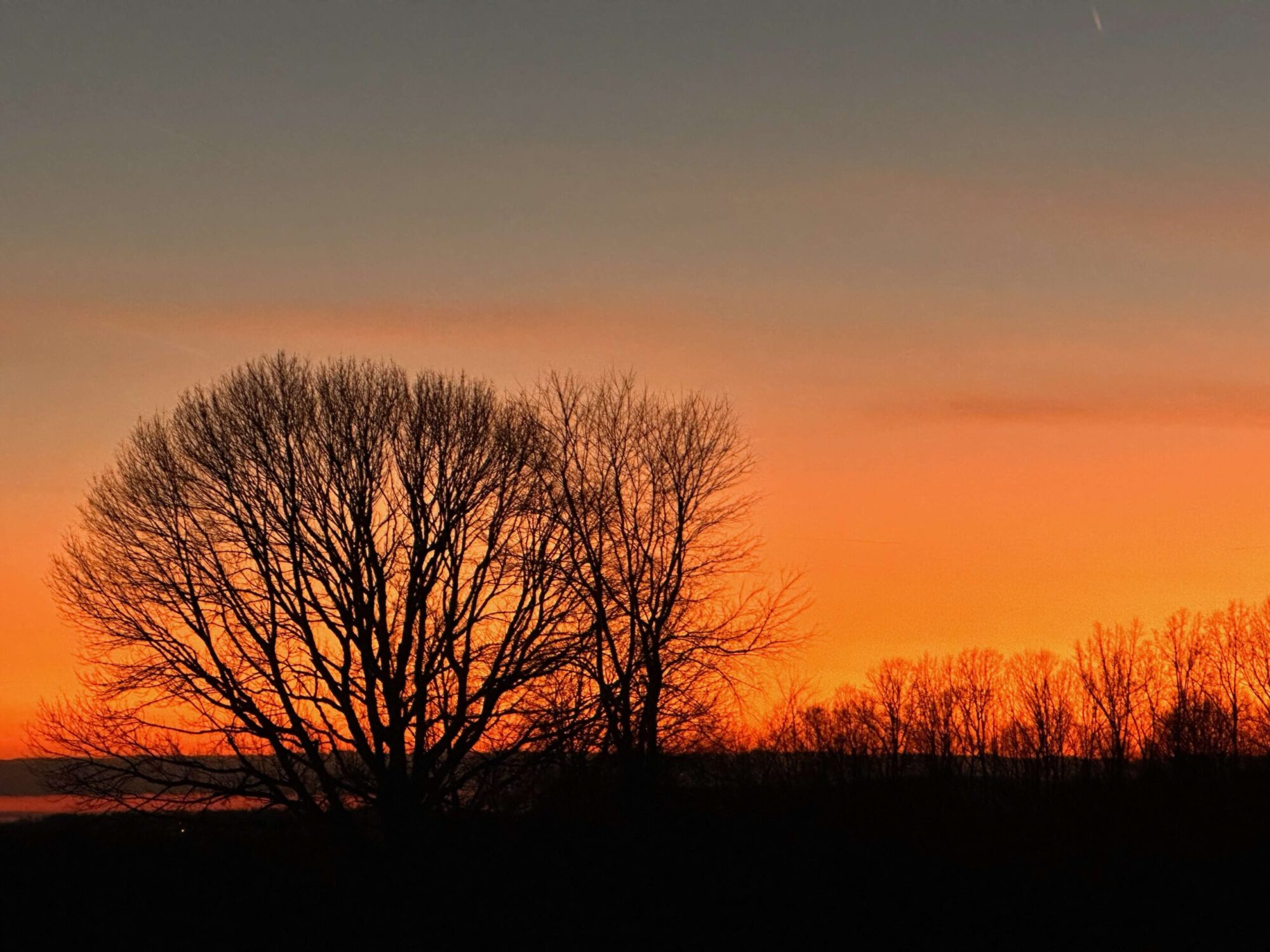I wrote this article for in 2019, on the 300th anniversary of the hymn, for The Skinnie, a magazine for Skidaway Island. I have slightly altered the text for this blog post.
Issac Watt’s Role

A little over three hundred years ago, in 1719, English hymn-writer Isaac Watts published the words we know today as “Joy to the World.” Today it’s one of the most popular Christmas carols in America, with its hopeful and joyful message. However, “Joy to the World” was not written as a Christmas carol. It would take nearly 120 years before the carol we know was first sung.
Isaac Watts is perhaps the greatest author of hymns ever. Supposedly, when he was a boy, he complained to his father about church music. Like a good parent, his father suggested that instead of complaining, he should work to make it better. From this challenge Watts, set out to write hymns, a relatively new style of music for Protestant Churches in the early 17th Century. At this time, especially in the English world, the Psalms served as the main source of lyrics for music sung in churches. As a pastor in a dissenting English Church, Watts began writing hymns. While he often drew from the Psalms, upon which he would modernize the language and Christianize the content, he also wrote hymns that reflected a trust in an Almighty God and in a Savior who was willing to die for humanity. Churches in Britain and America quickly adopted Watts’ hymns. These hymns include “I Sing the Mighty Power of God,” “When I Survey the Wondrous Cross,” “From All that Dwell Below the Skies,” and of course, “Joy to the World.”
Influence of Psalm 96
“Joy to the World” was based on Psalm 96, a royal Psalm of God’s enthronement as King. King David sings this Psalm, we learn in 1st Chronicles, as he moves the Ark of the Covenant to Jerusalem. At a time in history, nearly a millennia before Christ, most nations had their own gods. Psalm 94 proclaims the God of the Hebrews, the God of Abraham, as reigning not just over the Hebrew people, or just in Jerusalem, but over the world. The God of the Psalmist is supreme throughout the world. God will rule fairly. God will administer justice with equity. God’s deeds are such that all will stand in awe and, along with all that is in heaven and on earth, will sing out in joy.
Watts took Psalm 96 and tweaked it in a manner that reflects Christ’s second coming. In addition to the three traditional stanzas of the Psalm, which he modified, he added a fourth (which he inserted between the second and third stanzas).
No more let sins and sorrows grow, nor thorns infest the ground;
He comes to make his blessings flow far as the curse is found,
Far as the curse is found, far as, far as the curse is found.
This stanza reflects Watt’s eschatological hope based on Christ’s return. God reverses the curse of Eden. It was a wonderful poem of the Second Coming. Watt’s titled his piece, “The Messiah’s Coming and Kingdom.”
The words for the carol were written three hundred years ago. However, it required more creativity for this poem to became the beloved Christmas Carol we now know.
The Role of George Frederick Handel
The composer for the music who he combined with Watt’s poem was George Frederick Handel of Germany. Handel and Watts were contemporaries and were both living in England at the same time, but the two of them did not work on this carol. The music comes from Handel’s “Messiah,” a popular piece often sung by choirs and in concerts during the Christmas season. But this adaptation of the two works did not occur for another century and on another continent, long after the deaths of Watts and Handel.
The Role of Lowell Mason
Lowell Mason was born in 1792, into a musically talented family in Medfield, Massachusetts. As a child and young man, he learned to play the clarinet, violin, cello, flute, piano and organ and became a choir director in his home town at the age of 17. A few years later, he moved to Savannah, where he worked in a dry-goods store and later in a bank. During this time, he studied under a Frederick Abel, a music teacher from Germany and began to serve as the choir director and organist at Independent Presbyterian Church. Mason helped create the first African-American Sunday School at Savannah’s First Bryan Baptist Church. This was at a time when the education of slaves was condemned throughout the South.
After returning north, he later served as music director for the well-known abolitionist preacher Lyman Beecher. While working in Savannah, Mason became interested in musical composition and had to travel to Boston in 1922 to have his first collection of arrangements published as there were no publishers in the South with the capacity to print musical fonts.
Mason moved to Boston in 1827, where he served as organist and choirmaster for several prominent churches. He worked for a time as music director for the well-known abolitionist preacher, Lyman Beecher. During this era, he became an American proponent for European-styled music. At the time, adherents of the traditional American “shape-note” tradition satirized the European-style as the “Better Music Boys.” However, because of Lowell and others insisted on music education in schools, America eventually adopted the European styled music.
Mason was an important figure in music in early America who wrote, arranged, or composed music for hundreds of hymns including “Nearer, My God, to Thee.” He also wrote secular music including the popular nursery rhyme, “Mary Had a Little Lamb.”
Mason’s most popular tune, however, is “Joy to the World, in which he arranged the words of Isaac Watts’ poem with tunes of Handel to create the popular Christmas carol. “Joy to the World” is considered the most loved carol in America. Almost every congregation will sing it during the Christmas season and just about every artist who has recorded Christmas Carols have included this hymn in their repertoire. The song is uplifting, as it reflects the Christian hope of a new and peaceful world in which Christ will reign as King.
This year, as you hear this song sung on the radio or perhaps in a Candlelight service on Christmas Eve, may you experience joy.
For Christmas Eve services along the Blue Ridge, Bluemont will hold its service at 4 PM and Mayberry at 6 PM. Both churches will be celebrating communion and invite you all to attend.

This was very interesting, thank you.
The Christmas Tree looks lovely.
My good wishes for Christmas.
All the best Jan
Thanks, Merry Christmas to you and yours, Jan!
This was, indeed, very interesting. I have always loved “Joy to the World” but I never new I had a very small connection to it. When Charles and I were married, we made our first home in Savannah where my young son attended kindergarten at the Independent Presbyterian Church. We worshipped at another smaller church, but the Independent Presbyterian Church was lovely. I had no idea about its connection to the hymn.
When I was researching for this (and living in Savannah), I became curious about his work among slaves (which was illegal in the 1840s in Georgia). It is interesting, and the whole backstory between the battle of shape-note music verses European music. Shape-note is still used in primitive Baptist churches. May you and Charles have a wonderful Christmas. We miss you!
I knew from the beginning of your Carol post that it would be incredibly informative and so interesting too. It does seem that it takes all of us together, we far too often forget that I fear. I sure do understand protecting that tree and well many other things with a young pup in the house, which is so wonderful by the way. May you and your family be blessed and thank you for keeping up with my posts. Enjoy this day.
Thanks, Karen. I hope you have a Merry Christmas… You may be one of the few I know (outside of those in the Sierras) who have a chance for snow! Enjoy it for the rest of us!
Happy to see you again! I love Christmas, and the header is so you! Jeff nice!
Merry Christmas
Have a Merry Christmas, Gloria! Your Christmas in Chili is probably more like what we had in Savannah–warm!
This is great, Jeff, and really interesting to hear how this great Christmas carol came about. It took a village!
Yes, it took a village. Few things that last are just done by an individual.
I love how you locked up the Christmas tree. It’s very pretty.
Thanks, but it seems weird to have it inside a fence again! Merry Christmas, Mary. I am sure this one is hard after 2021. May you find peace.
I keep you in my thoughts as I read your essays or book review every week.as you probably know we now have a new pastor . We ave had a lot of losses, but look forward to the new year as we reflect on our blessings. Your Christmas tree looks beautiful, and I really enjoyed the entry of your church in the Parade. Blessing of good health and Peace , Mary Yeomans Skidaway community church, Savannah, Ga.
Mary, good to hear from you. Give my best to everyone at the Marshes and have a Merry Christmas.
A safe, joyful, and warmloving Christmas time to you and yours, Jeff.
And may you have had a wonderful Hanukkah
This is excellent. Thank you for it. I’ve puzzled a bit over v. 3, but you’ve helped me see v. 3 not as an awkward imposition in the text, but the warrant for joy. Blessings and best wishes for a good and gracious Christmas.
Thanks, Rick! It is amazing how such songs took the work of several people over centuries. I’m told the carol is sung to a different tune in the UK
Interesting! I love Christmas music because it’s so happy, but I don’t know the stories behind most of the songs. I hope you have a great Christmas!
Sounds incredible ❤
Absolutely fascinating, as usual. I love this sort of backstory. Merry Christmas, Jeff. I hope it’s a wonderful season for you.
It is fun to learn the “backstory” of our traditions, isn’t it. Have a wonderful holiday season, Jacqui!
Very interesting! Thanks for sharing this.
Thanks. May you have a wonderful holiday season, Kelly!